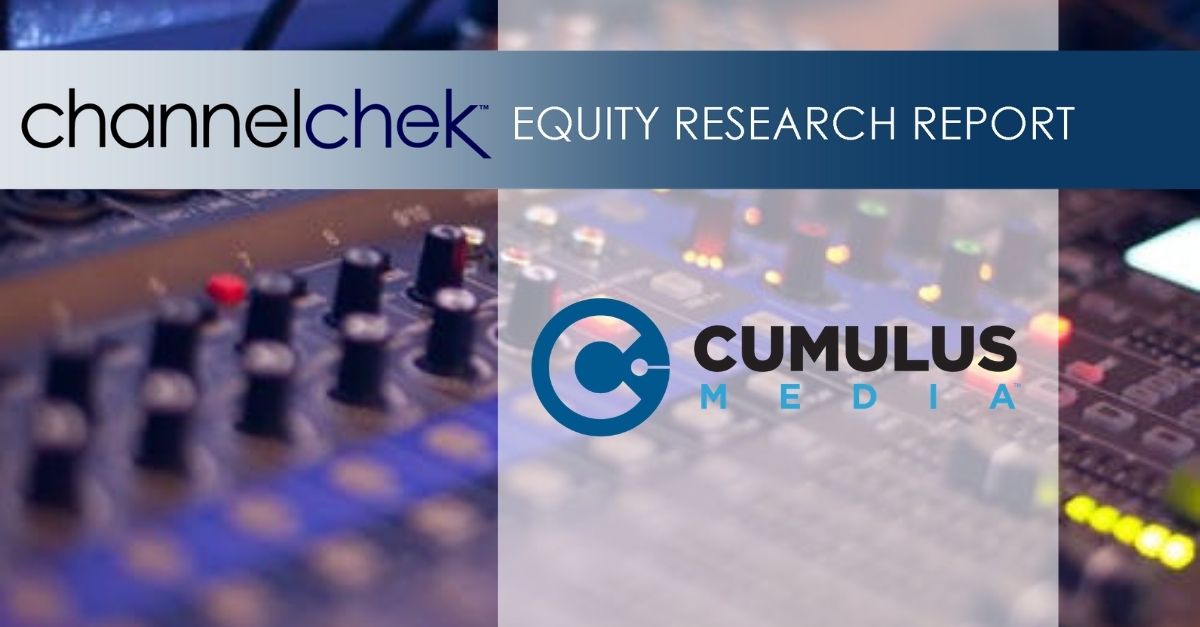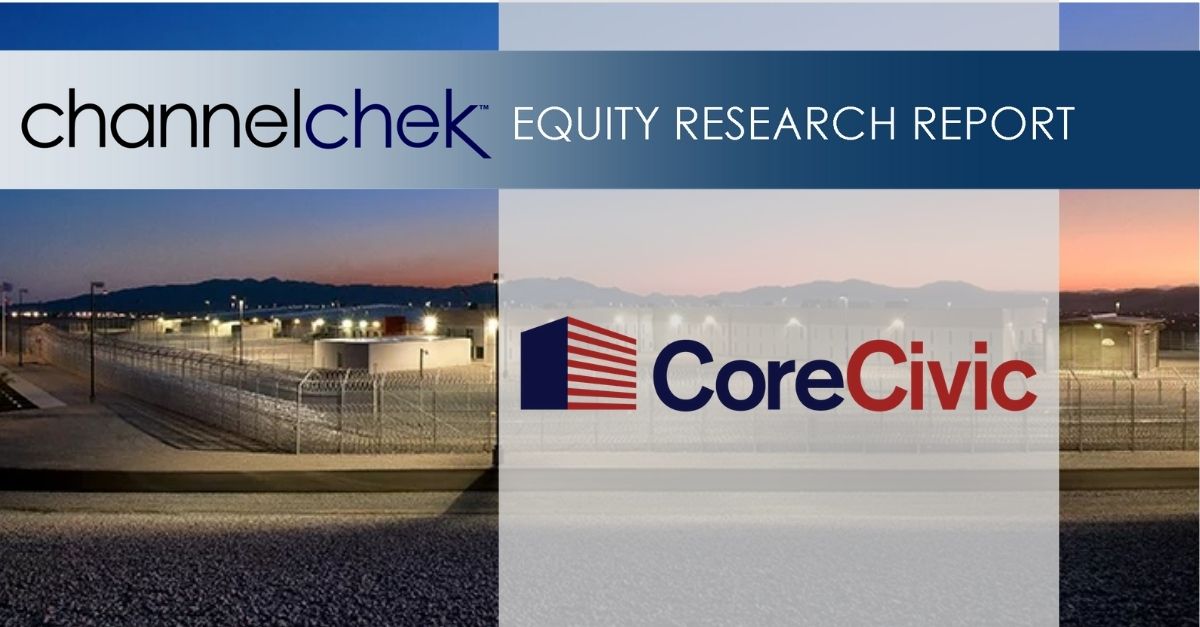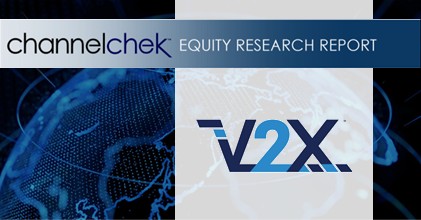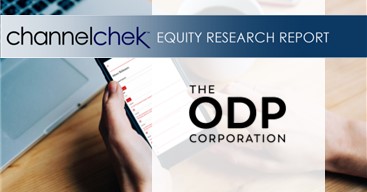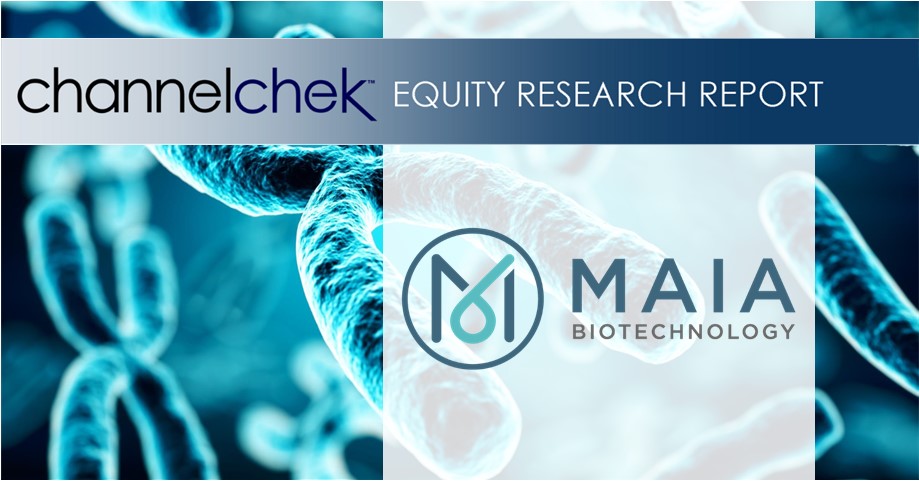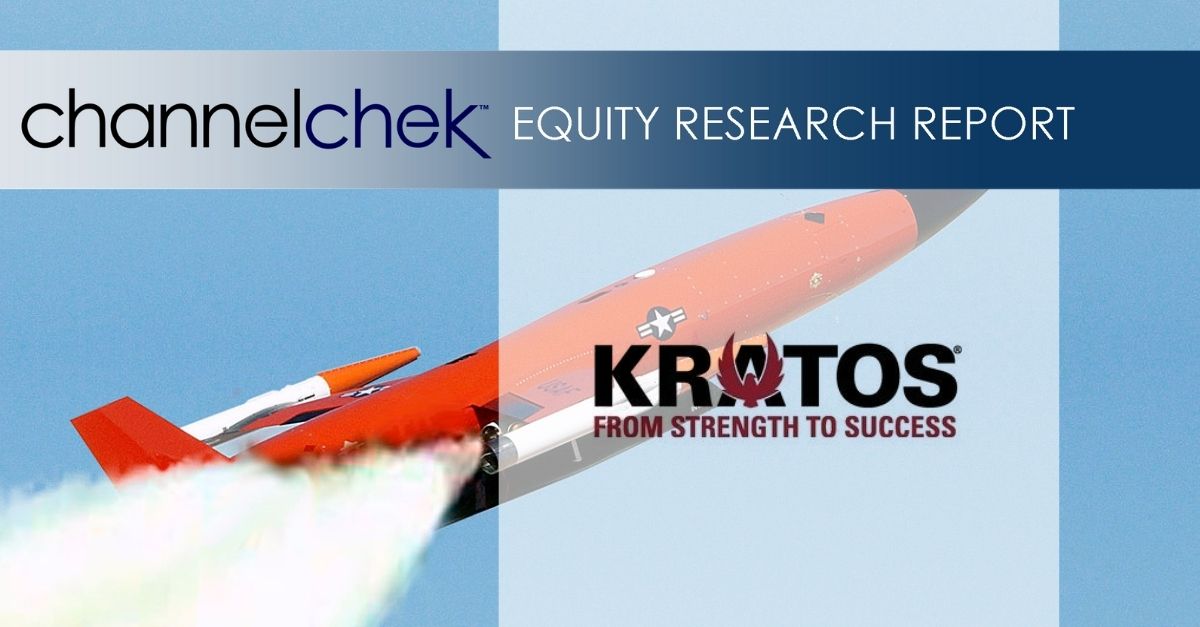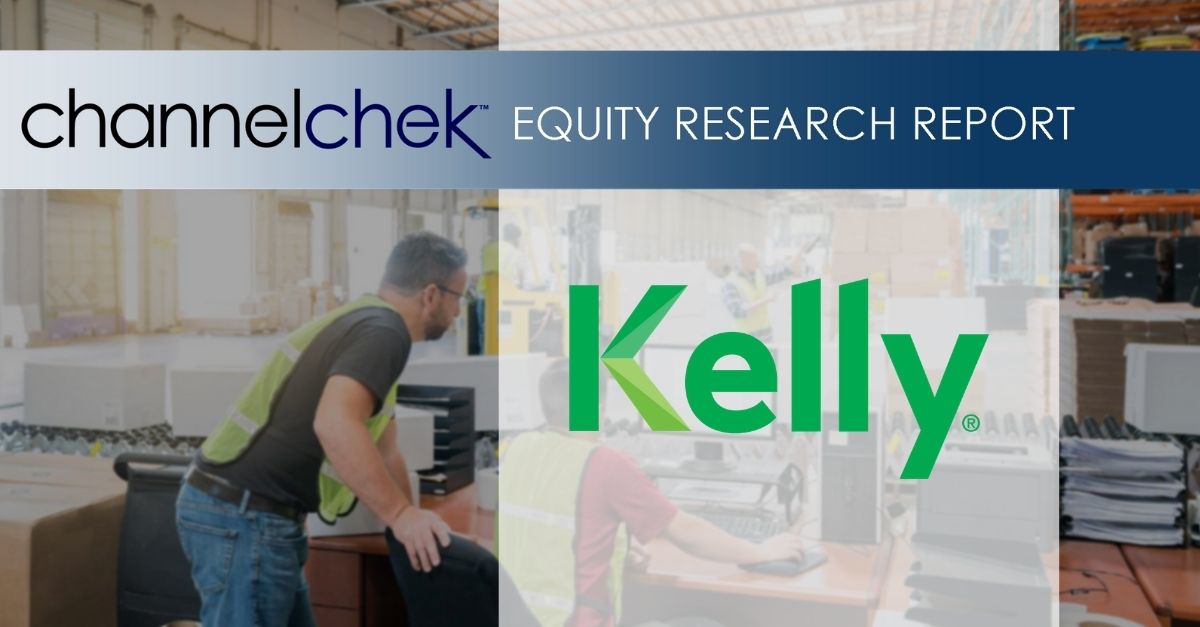
Friday, February 28, 2025
FAT Brands (NASDAQ: FAT) is a leading global franchising company that strategically acquires, markets, and develops fast casual, quick-service, casual dining, and polished casual dining concepts around the world. The Company currently owns 17 restaurant brands: Round Table Pizza, Fatburger, Marble Slab Creamery, Johnny Rockets, Fazoli’s, Twin Peaks, Great American Cookies, Hot Dog on a Stick, Buffalo’s Cafe & Express, Hurricane Grill & Wings, Pretzelmaker, Elevation Burger, Native Grill & Wings, Yalla Mediterranean and Ponderosa and Bonanza Steakhouses, and franchises and owns over 2,300 units worldwide. For more information on FAT Brands, please visit www.fatbrands.com.
Joe Gomes, CFA, Managing Director, Equity Research Analyst, Generalist , Noble Capital Markets, Inc.
Joshua Zoepfel, Research Associate, Noble Capital Markets, Inc.
Refer to the full report for the price target, fundamental analysis, and rating.
4Q Results. Revenues for the fourth quarter totaled $145.3 million compared to $158.6 million last year. The prior year included an extra week, resulting in an additional $11.3 million being added. Adjusted EBITDA was $14.4 million compared to $27.0 million last year. Net loss totaled $67.4 million, or $4.06 per share, compared to $26.2 million, or $1.68 per share, in the prior year. Included in the loss was $30.6 million in goodwill impairment.
Development Pipeline. During 2024, the Company expanded its footprint by opening 92 restaurants and signing over 250 new franchise agreements, increasing the development pipeline to 1,000 locations. Management expects to add more than 100 additional restaurants in 2025, with 17 already opened in the new year, which we believe can be further accretive to the Company’s annual adjusted EBITDA.
Get the Full Report
Equity Research is available at no cost to Registered users of Channelchek. Not a Member? Click ‘Join’ to join the Channelchek Community. There is no cost to register, and we never collect credit card information.
This Company Sponsored Research is provided by Noble Capital Markets, Inc., a FINRA and S.E.C. registered broker-dealer (B/D).
*Analyst certification and important disclosures included in the full report. NOTE: investment decisions should not be based upon the content of this research summary. Proper due diligence is required before making any investment decision.

